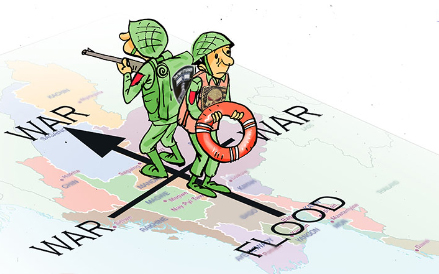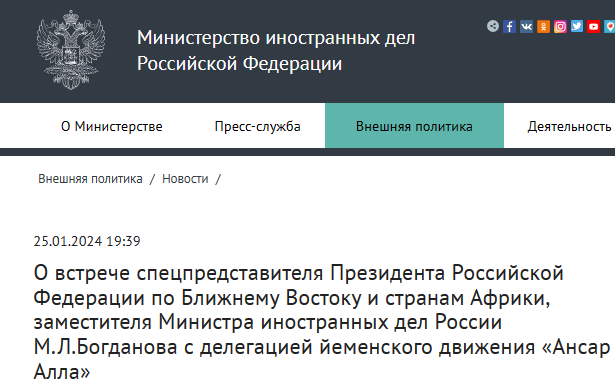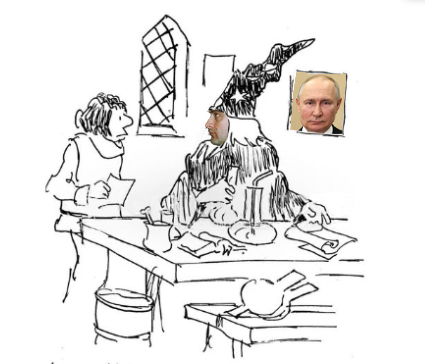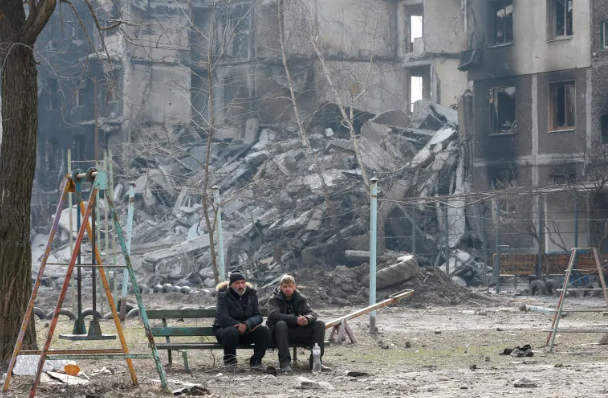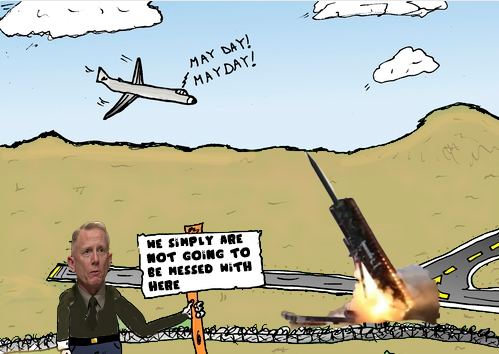

by John Helmer, Moscow
@bears_with
When the General Staff have been discussing with President Vladimir Putin the timing of the Russian offensive to force the Kiev regime into capitulation, it has been agreed, understood, and repeated that the strategic reserves of the Ukrainian forces should be destroyed first, together with the supply lines for the weapons and ammunition crossing the border from the US and the NATO allies.
This process, they also agreed, should take as long as required with least casualties on the Russian side, as determined by military intelligence. Also agreed and pre-conditional, there should be no repeat of the political intelligence failures of the Foreign Intelligence Service (SVR) which precipitated the failed special forces operation known as the Battle of Antonov (Hostomel) Airport from February 24 to April 2, 2022.
Taking account of the mistakes made then by the SVR director, Sergei Naryshkin, and the subsequent mistakes of military officers around Yevgeny Prigozhin, the General Staff has also accepted that their tactical operations must run least risk of Russian casualties through March 17, the final day of the presidential election.
Reinforcing these preconditions for the timing of the Russian offensive, General Winter and General Patience have joined the Stavka meetings.
This week military sources believe there has been a turning point – on the Ukrainian battlefield, and on the Russian clock.
The daily Defense Ministry briefing and bulletin from Moscow reported last Thursday, before the Friday weekly summary, that the Ukrainian KIA (killed in action) for the previous twenty-four hours totaled 795, with the ratio of offensive tactics to defence, 3 to 3. On Monday, the KIA total was 680, the ratio 4 to 3. On Tuesday, KIA came to 885, the ratio 5 to 1. The casualty rate is unusually high; the shift to offence is recognizably new, if not announced.
The “Stavka Project”, a military briefing which is broadcast by Vladimir Soloviev, confirms the positional breakthroughs this week on several of the fronts or “directions”, as the Defense Ministry calls them, along the Donbass line; click to watch (in Russian).
In Boris Rozhin’s summary of the Defense Ministry briefing materials, published before dawn on Wednesday morning, the leading Russian military blogger (Colonel Cassad) identifies “small advances”, “slight movements”, some positional “successes”, other positional “counter-fighting”, and “no significant progress yet”. The adverb is military talk for timing.
According to a military source outside Russia, “the Russian breakthrough is beginning to happen now. It’s being coordinated with strikes and raids along the northern border. The commitment of the ‘crack’ Ukrainian brigades at the expense of other sectors shows how desperate [General Valery] Zaluzhny is to plug the holes. He knows that the target is the isolation of Kharkov, the establishment of a demilitarized ‘buffer zone’, as well as the development of a situation whereby all Ukrainian forces east of the Dnieper are threatened with being cut off… and he’s quickly running out of ammunition, not to mention cannon fodder.”
“By the end of the winter,” the source has added overnight, “the Ukrainians will barely be able to move along the roads they use to feed the front due to the Russian drone, missile, conventional air, and artillery strikes. Once they can no longer plug the gaps with mechanized units acting as fire-fighting brigades, it’s just a matter of time before the big breakthroughs and encirclements begin. At the current burn rate of Ukrainian forces, I imagine we’ll start seeing Russian tanks with fuel tanks fitted for extended range appearing and Russian airborne troops making air assaults in the Ukrainian rear within weeks.”
In yesterday’s edition of the Moscow security analysis platform Vzglyad, Yevgeny Krutikov, a leading Russian military analyst with GRU service himself and GRU sources for his reporting since, published a report entitled “What does the offensive of Russian troops in the Kharkov region mean?” “Russia is creating a new strategic situation in the Kharkov region,” Krutikov concluded, “threatening to dismember the Ukrainian defence up to the Donetsk agglomeration.” A verbatim English translation of this piece follows.
(more…)
